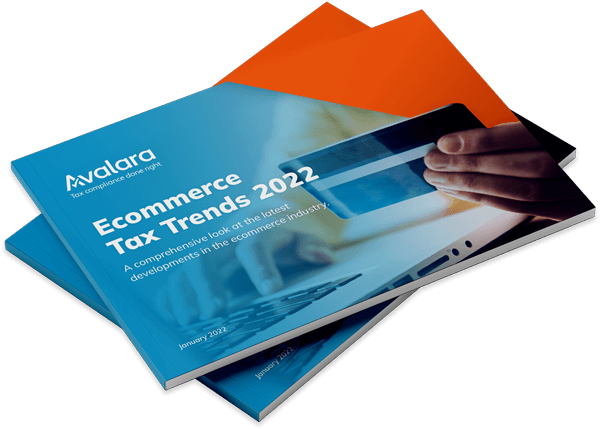
No surprises: How tax automation software can improve your ecommerce customer experience
The average cart abandonment rate of around 70% suggests an excellent customer experience is more than offering a quality product at the right price, but an accurate price too. Research shows that 96% of surveyed customers wouldn’t buy from an online retailer if they couldn’t easily see an accurate final price at checkout.
It seems that even a minor increase in price at checkout, regardless of the item customers are buying, is enough for them to abandon the purchase. Think of it this way: the customer is happy with the cost of the fancy coffee machine you’re selling, but a price increase at checkout that’s equivalent to a low-grade cup of coffee is all it takes to send them to a competitor.
While letting customers use their preferred payment methods and save their payment details and purchase history, and using a design that minimises clicks and taps are all tried and tested methods of streamlining the buying process, they don’t necessarily lead to price accuracy.
So what does? Here’s how tax technology can help.
Automation software can reduce the risk of incorrect landed costs by calculating taxes up front, so customers won’t get nasty surprises just before they hit the Buy button. If you’re operating in new markets, particularly with taxes and rates you’re unfamiliar with, it’s possible for additional costs to be added at checkout that even you are unaware of. Instead of having to constantly keep track of and calculate rates from different regions to create an accurate checkout, automation does the heavy lifting for you.
It works in the same way for customs duties. With the correct duties calculated and paid, the chances of your goods being held up at customs with additional checks and fees are reduced, and so are the chances of costs being passed onto your customers to release the items. Customers who not only receive their items late but also have to pay for the privilege are less than likely to leave rave reviews and recommend you to friends.
Accurately assigning HS (Harmonised System) codes to your products can help you avoid this scenario. HS codes are six-digit identifiers assigned to every product sold across international borders; they enable customs authorities to apply the correct duties and taxes to every product. As you may have guessed, doing this manually — and accurately — can be a huge challenge. Using automated item classification can help solve the problem.
So, automation helps increase accurate pricing, which reduces cart abandonment and also helps reduce customs delays and additional costs, which gets your goods to the customer quicker.
In our on-demand webinar Are HS codes your weak spot? Avalara experts discuss in greater detail how getting your HS codes right can improve your ecommerce customer experience. You can also find out more about the Harmonised System and the business benefits of mastering compliance by downloading our ultimate guide to HS code classification.
Stay up to date
Sign up today for our free newsletter and receive the latest indirect tax updates impacting businesses selling internationally straight to your inbox.




